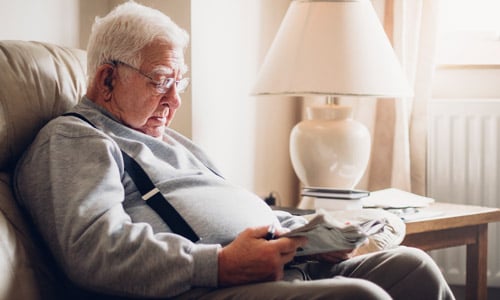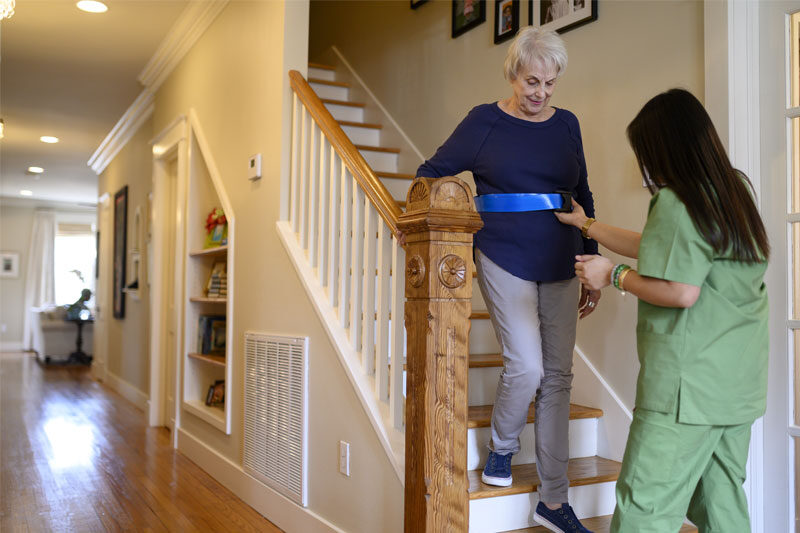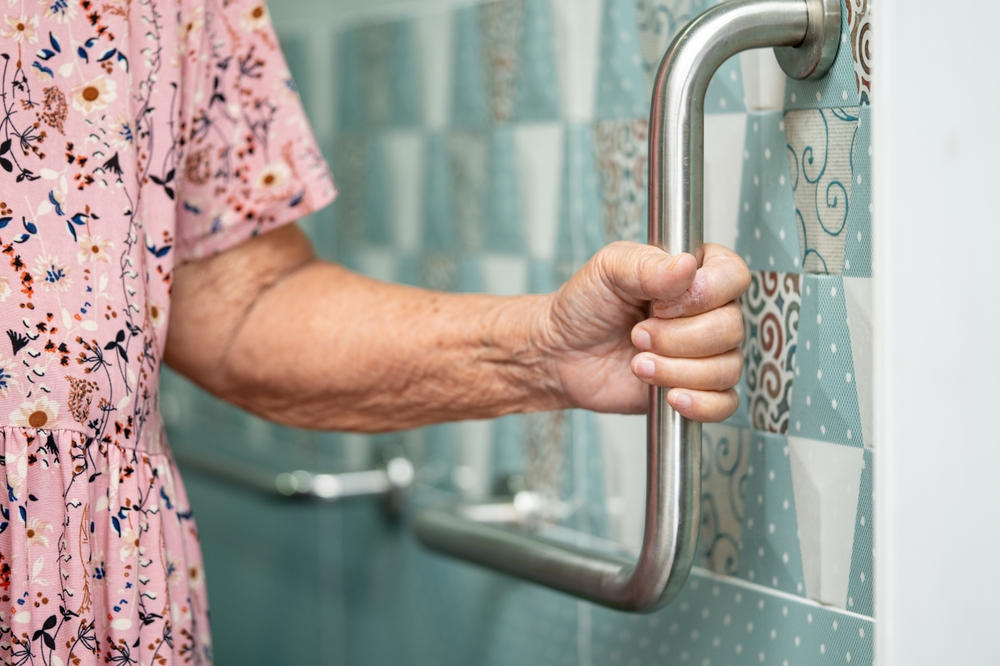In today’s rapidly advancing world, technology is playing an increasingly vital role in our daily lives. One such area where technology has made significant strides is in fall detection, especially when it comes to linking it with medical professionals. The importance of this technology cannot be overstated, especially for the elderly population. Early detection of falls can drastically reduce the risks associated with them, offering peace of mind to both the elderly and their caregivers.
Fall detection systems are designed to alert medical professionals and caregivers when a fall occurs, ensuring timely assistance. These systems are crucial in preventing long-term damage and ensuring a quick response, which can be life-saving.

What is Fall Detection?
Fall detection is a technology that identifies when a person has fallen and automatically alerts emergency contacts and medical professionals. These systems often use sensors, algorithms, and sometimes cameras to detect falls accurately.
How Does Fall Detection Work?
Most fall detection systems rely on sensors and algorithms that can distinguish between normal activities and falls. When a fall is detected, the system sends an alert to designated contacts, including medical professionals, ensuring prompt response.
Importance for the Elderly
The elderly are particularly vulnerable to falls, and the consequences can be severe. With fall detection systems, the elderly can maintain independence while ensuring that help is always at hand. These systems provide reassurance to families and caregivers, knowing that their loved ones are monitored and protected.
Reducing Hospitalization Rates
By linking fall detection directly to medical professionals, the chances of reducing hospitalization rates increase. Immediate medical intervention can prevent minor falls from turning into major health issues.
Types of Fall Detection Systems
There are various types of fall detection systems available, each tailored to different needs. Some use wearable devices, while others rely on home sensors. Understanding the different systems can help families choose the right one for their needs.
Wearable Devices
Wearable devices are popular for fall detection as they are convenient and portable. They often resemble watches or necklaces and continuously monitor the user’s movements.
Home Sensors
Home sensors are strategically placed in different areas of the home. They use motion detection to identify falls and alert medical professionals and caregivers.
Choosing the Right Fall Detection System
Selecting the right fall detection system can be challenging. Considering factors such as ease of use, reliability, and the ability to connect with medical professionals is crucial.
Ease of Use
For the elderly, a fall detection system should be simple to use. Complicated systems can lead to non-compliance, defeating the purpose of the technology.
Reliability
Reliability is key. A fall detection system should accurately detect falls and avoid false alarms, which can cause unnecessary panic.
Integration with Medical Professionals
The integration of fall detection systems with medical professionals ensures that timely medical assistance is provided. This integration can significantly improve the quality of life for the elderly.
Real-Time Alerts
Real-time alerts are vital in ensuring that medical professionals can respond quickly to falls, reducing the risk of serious injury.
Continuous Monitoring
Continuous monitoring allows medical professionals to track the health of the elderly, providing insights into their overall well-being.
Challenges and Considerations
While fall detection technology is promising, there are challenges to consider. Privacy concerns, cost, and the potential for false alarms are some of the issues that need to be addressed.
Privacy Concerns
Privacy is a major concern for many, especially with systems that use cameras. It’s essential to choose systems that respect the privacy of the users.
Cost Implications
The cost of fall detection systems can vary significantly. It’s important to find a system that fits within the budget while still providing reliable protection.
The Future of Fall Detection
The future of fall detection looks promising, with advancements in technology leading to more accurate and reliable systems. As these systems continue to evolve, they will become even more integral in linking with medical professionals.
Advancements in Technology
Technology advancements are making fall detection systems more sophisticated, with better accuracy and the ability to integrate seamlessly with other health monitoring systems.
Increased Accessibility
As technology becomes more accessible, more people will have access to fall detection systems, ensuring wider adoption and improved safety for the elderly.
Conclusion
Fall detection linked to medical professionals is a crucial development in elderly care. By ensuring real-time alerts and continuous monitoring, these systems provide peace of mind and improve the quality of life for the elderly. As technology continues to advance, the future of fall detection looks bright, promising even more innovative solutions to keep our loved ones safe.

FAQs
What is fall detection?
Fall detection is a technology that identifies when a person has fallen and automatically alerts emergency contacts and medical professionals.
How do fall detection systems work?
Fall detection systems use sensors and algorithms to distinguish between normal activities and falls, sending alerts to designated contacts when a fall is detected.
Why is fall detection important for the elderly?
Fall detection is crucial for the elderly as it ensures timely assistance in case of a fall, reducing the risk of serious injury and hospitalization.
For more information on fall prevention, visit Physio-pedia.
To learn about privacy-friendly fall detection solutions, explore Fall Detection Solutions.
This article contains affiliate links. We may earn a commission at no extra cost to you.






